Multiple fruits, also known as collective fruits, form from an entire inflorescence—a cluster of many individual flowers. Each flower has its own ovary, but after fertilization, these ovaries develop and fuse together into a single fruiting body. This is different from simple fruits (which develop from a single ovary of one flower) and aggregate fruits (which form from multiple ovaries of a single flower). In multiple fruits, the fusion of many small fruits creates one compound structure, often large and complex in texture.
Here is a quick list/example of multiple fruits and the unique way they develop.
1. Pineapple
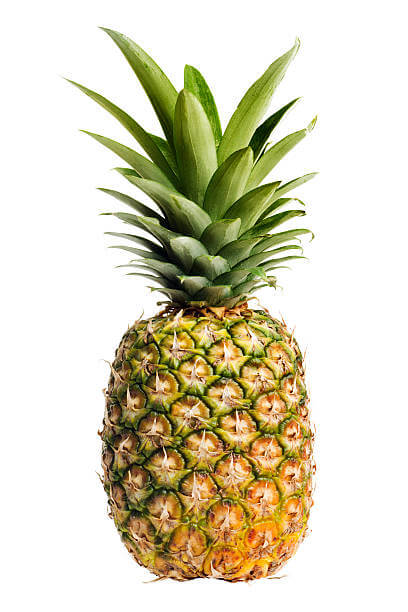
Pineapple is a textbook example of a multiple fruit. It develops from a spike of hundreds of small flowers. As each flower matures, it produces a small fruitlet. These fruitlets grow together and fuse into a single, large, scaly fruit. The eyes seen on the pineapple’s surface are the remnants of these individual flowers.
2. Figs
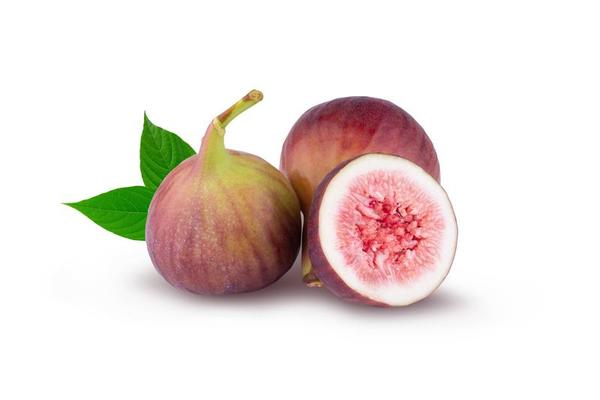
The fig forms from a specialized structure called a syconium. This structure is a hollow, fleshy receptacle with tiny flowers lining its interior. Each of these flowers produces a small, seed-like fruit after pollination. The entire mass, including the floral tissues and seeds, becomes the fig fruit. Because it forms from numerous flowers hidden inside the syconium, the fig is classified as a multiple fruit.
3. Jackfruit
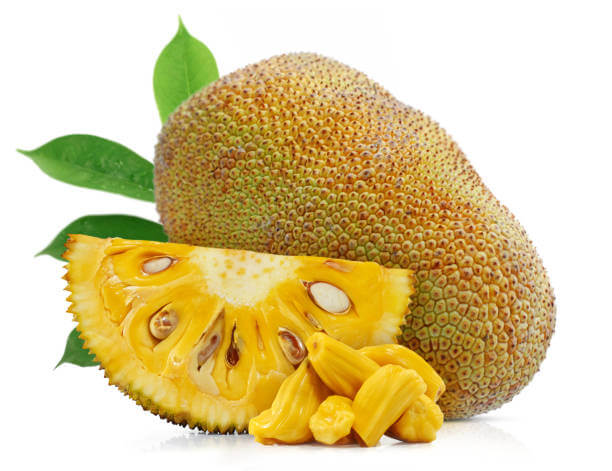
Jackfruit is one of the largest fruits in the world and forms from a dense inflorescence of many flowers. Each flower contributes to a part of the fruit’s flesh or inner structures. As they mature, the individual segments (some sweet and edible, others fibrous) fuse into one enormous, bumpy fruit, qualifying it as a multiple fruit.
4. Mulberry
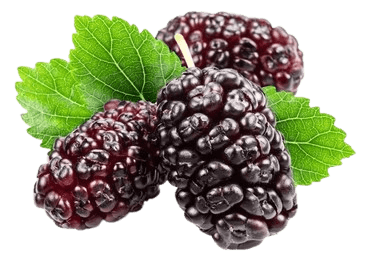
The mulberry fruit develops from a cluster of small flowers, each producing a tiny drupelet. As the drupelets mature, they fuse into a single, compound fruit. Its clustered appearance and structure, derived from multiple ovaries of many flowers, make it a classic example of a multiple fruit.
5. Breadfruit
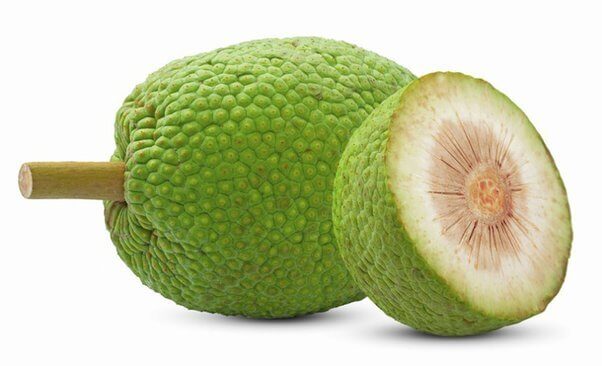
Closely related to jackfruit, breadfruit forms in a similar way—from an entire inflorescence of fused flowers. Each flower develops into a section of the final fruit, creating a large, fleshy mass. The starchy interior of breadfruit is made from the combined tissues of the numerous fruits.
6. Osage Orange
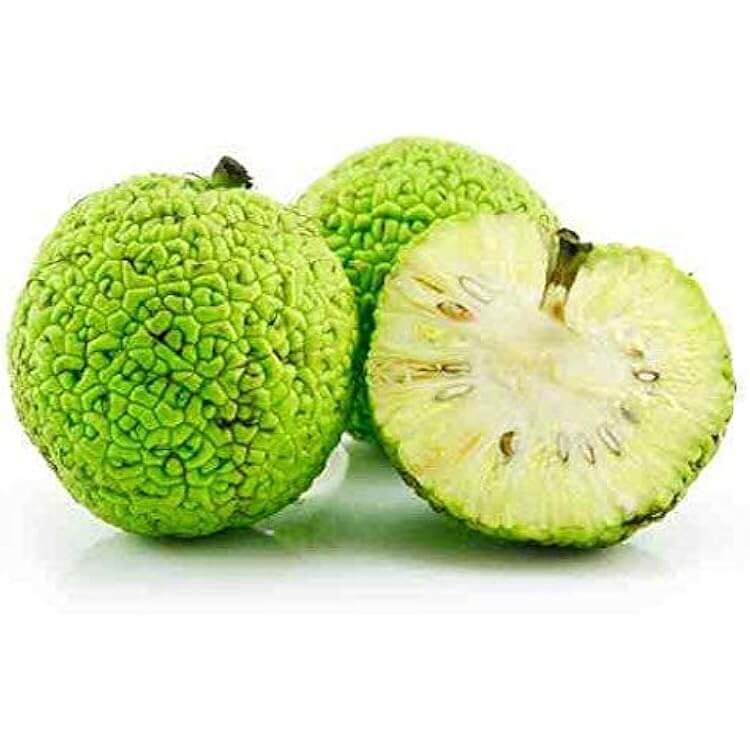
Osage orange, also known as hedge apple, is a dense, ball-like fruit composed of many small units that fuse tightly together. Each lobe of the bumpy surface originated from a separate flower. Its complex exterior and development from a flower cluster make it a multiple fruit.
7. Noni
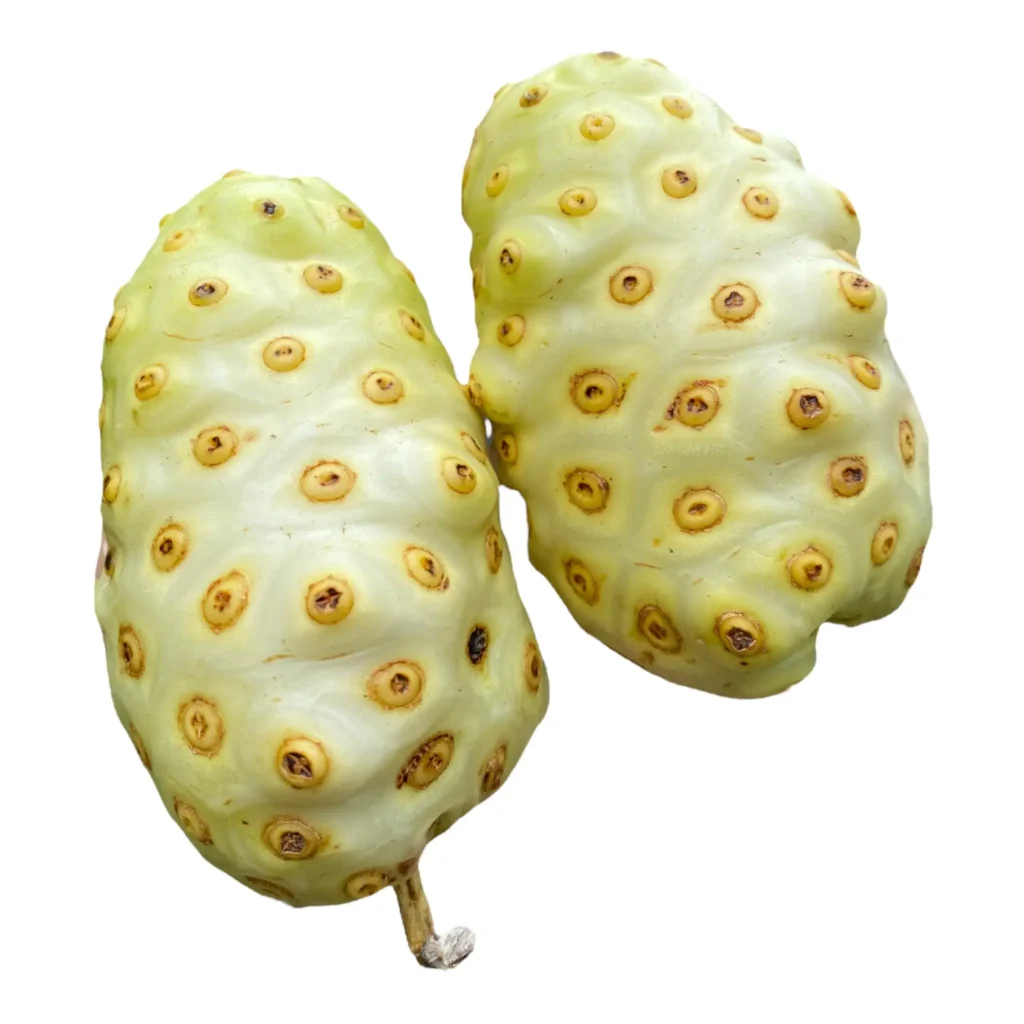
Also known as cheese fruit, noni grows from an inflorescence of many small flowers. As they develop, the fruits of each flower merge into one fleshy, translucent, and knobby compound fruit. The irregular shape and structure highlight its multiple fruit status.
8. Monstera Deliciosa
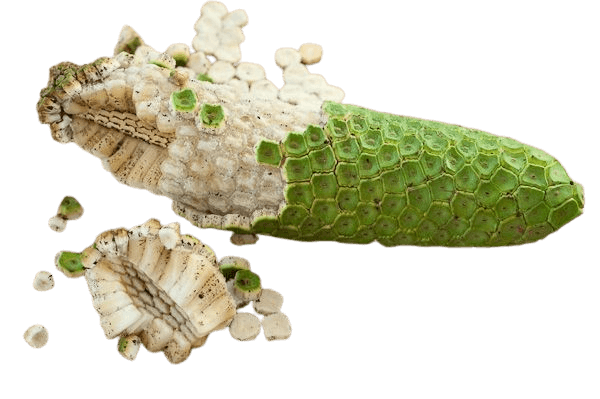
This fruit is formed on a spadix—an inflorescence made up of many tiny flowers. After pollination, the individual fruits from each flower fuse into a single, corn-cob-like structure. As it ripens, the segments fall off sequentially, and the edible part underneath becomes exposed.
9. Pandanus
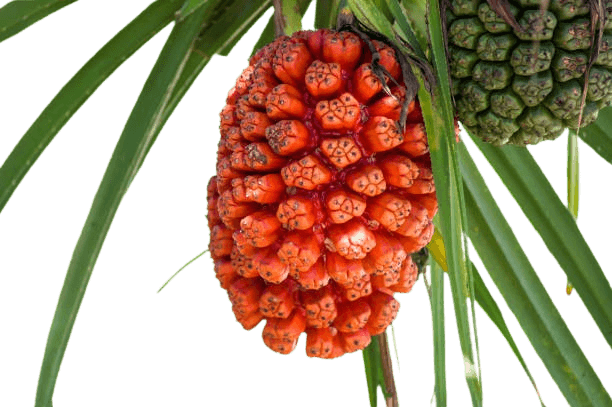
The pandanus fruit, from the screw pine plant, resembles a large, woody pineapple. It consists of multiple carpels (called keys) developed from a dense cluster of flowers. These fused segments form a fruit head that can break apart when mature, a defining trait of multiple fruits.
10. Custard Apple
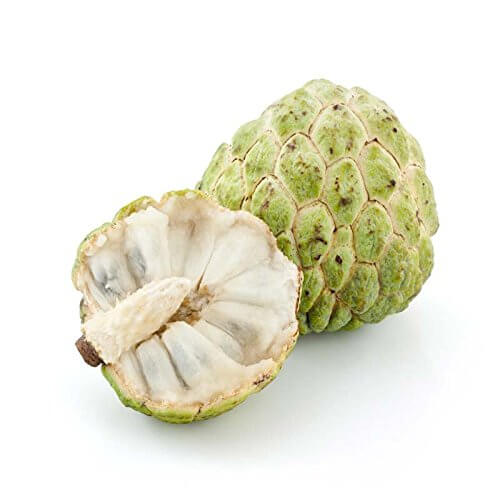
Some species of custard apple, particularly within the Annona genus, develop in a way that blurs the line between aggregate and multiple fruits. In certain cases, they form from a condensed inflorescence, with individual segments fusing over time. While often categorized as aggregate fruits, some botanists classify specific types of Annona fruits as multiple due to their floral structure.
11. Cempedak
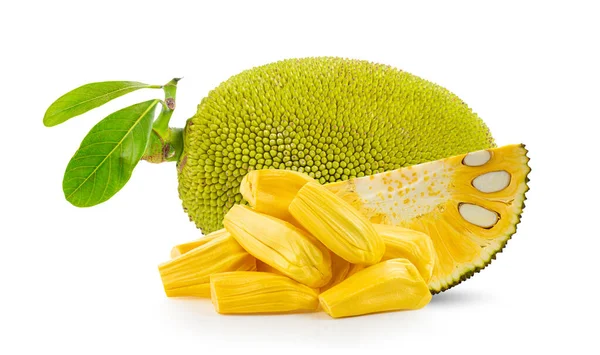
Cempedak is closely related to jackfruit and shares its growth pattern. The fruit develops from a floral spike with numerous tiny flowers. Each flower matures into a soft, fragrant fruitlet, and these combine into a single, elongated compound fruit. Its formation from a complete flower cluster places it firmly in the category of multiple fruits.
Summary Table of Multiple Fruits
| Fruit Name | Fruit Type | Description and Origin |
|---|---|---|
| Pineapple | Multiple | Formed from fused fruitlets of many flowers on a spike |
| Fig | Multiple (Syconium) | Interior-lined with many flowers, forming a single fruit body |
| Jackfruit | Multiple | Huge fruit made from many fused flowers in an inflorescence |
| Mulberry | Multiple | Tiny drupelets from clustered flowers fuse together |
| Breadfruit | Multiple | Starchy fruit formed from tightly packed floral tissues |
| Osage Orange | Multiple | Dense, lobed fruit from many fused ovaries |
| Noni | Multiple | Bumpy, translucent compound fruit from a floral cluster |
| Monstera Deliciosa | Multiple | Spadix-based compound fruit with fused flower units |
| Pandanus | Multiple | Segmental, woody fruit from many fused carpels |
| Custard Apple | Sometimes Multiple | Some species form from floral clusters with fused parts |
| Cempedak | Multiple | Elongated fruit similar to jackfruit from many fused flowers |
